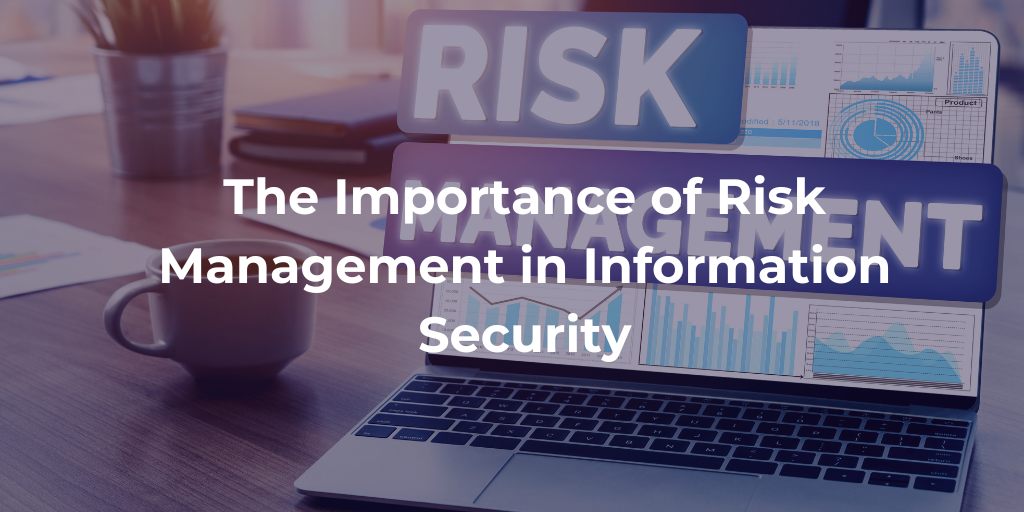Categories
Tags
Newsletter
Subscribe to the QRP International neswletter and get all the news on trends, useful contents and invitations to our upcoming events
Subscribe
In a constantly changing world, risk is always present and must therefore be managed. Effective risk management not only prevents adverse events, but also allows you to protect your company’s value and seize new opportunities with confidence.
Risk can be defined as the effect of uncertainty on objectives, a concept that can be applied in various ways, including those related to information security and Cyber Security. Risk management therefore represents the core of implementing a security program or an information security management system.
Through risk management, the necessary controls and measures are established to mitigate risks that exceed the acceptance threshold, directing efforts towards the areas of greatest impact and consolidating the others, following a cost-benefit approach. To effectively implement the controls, it is essential to have a clear view of the risks to which your company is exposed.
In this article, we will examine some common pitfalls in the risk management process and provide useful tips for obtaining a realistic and reliable picture of corporate security.
In order to approach information security risk assessment correctly, it is important to identify a methodology that is clear and provides results that are understandable and usable in the processing phase.
There is no “one size fits all” methodology: there are various methodologies available on the market, both open and paid. A good methodology should be aligned with ISO 31000:2018 and ISO/IEC 27005:2022, providing a clear typologyy, a consistent management framework, and a calculation method that is easy to apply.
There is no methodology that is inherently better than another, but there are methodologies that adapt better to certain contexts; it is therefore important to experiment. The key point is to understand how the risk calculation is carried out and how the mitigation phase is managed.
Documentation is essential for presenting results to all stakeholders. The key word is simplicity. No matter how complex a company is, the representation of the current state must be understandable to everyone, especially to those who will have to treat the risks, namely the risk owners and those who will need to allocate the budget if necessary.
It is therefore essential that the message is written in a way that all stakeholders can understand. Hence, it becomes necessary to describe the risk as it presents itself, without unnecessary complication and without omitting anything, and likewise to define the actions exactly as they are implemented.
Controls are, by definition, measures aimed at modifying risks. Rely on standards (e.g., ISO, NIST) that are comprehensive enough but adapt them to your situation. For each control, add information on how it has been implemented, providing details that will also be useful for future procedures.
For example, it is not enough to write in the risk mitigation plan (i.e., the detailed planning of risk management actions) that the password strength rules have been changed; it is necessary to specify where (e.g., Active Directory) and what the changes made are.
It is an important but necessary effort to keep track of what has been done.
Effective communication: raising awareness of IS issues
It may be that there is not enough awareness of risk management within the company and that security activities are only necessary to obtain and/or maintain certification. Training and information are the main tools for making everyone, especially top management, understand the importance of risk management processes.
Without management support, individual commitment and the budget needed to mitigate risks may be lacking.
Be brave and be clear, sometimes even outspoken. Information security management is a complex job that requires knowledge of various areas (HR, finance, etc.) and can have an emotional impact on people in order to actively engage in daily activities.
Sensitivity to IS issues is a value that must be cultivated and enhanced over time.
Risk assessment: the false myth of “zero” risk
On the colour scale, green represents zero danger. Don’t be overly optimistic; in fact, eliminate it instead. When assessing risk, you must think according to the principle of “expect the unexpected”. A grid of green traffic lights will only serve to confirm that you have carried out the assessment, but it will not provide any added value to your company. On the contrary, it could create a false sense of security that could have long-term adverse effects.
Would you like to learn more about risk management? Read our blog post, “4 Elements of Project Risk Management” and take a closer look at the 4 fundamental components of Risk Management!
If you are interested in learning more about information security, visit our website or contact us!